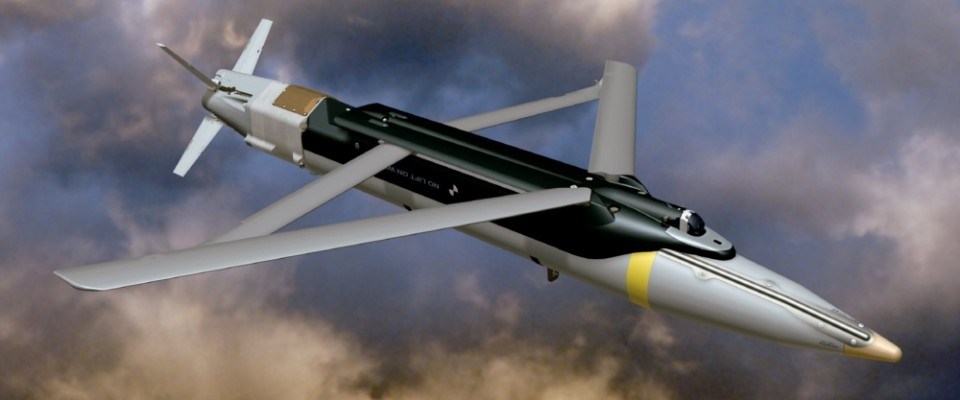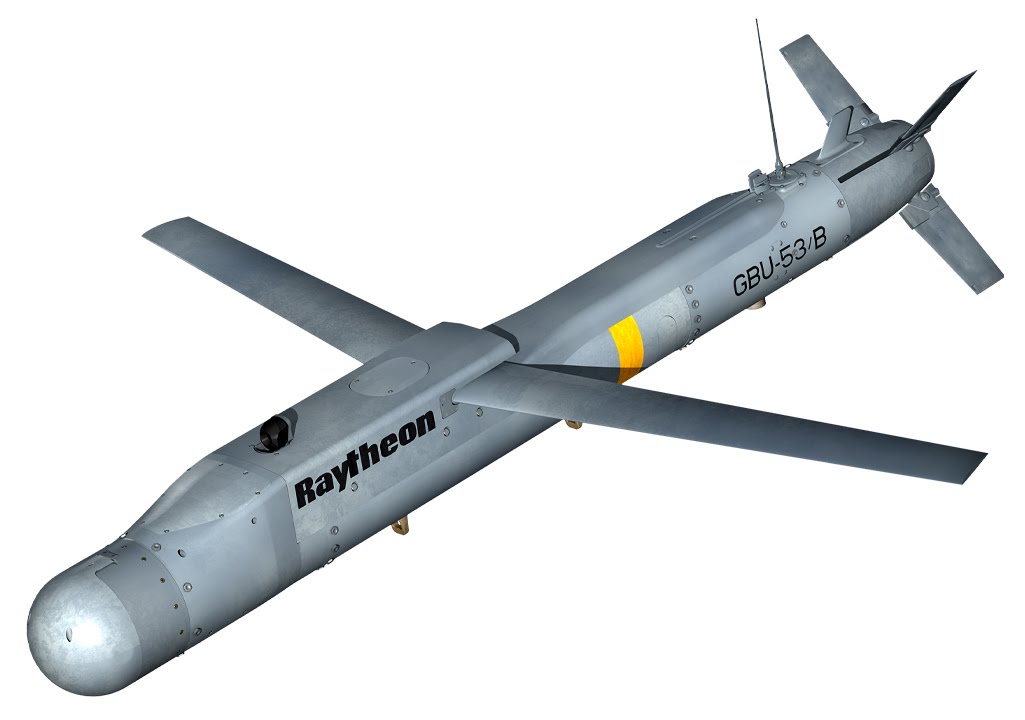The GBU-39 Small Diameter Bomb is a remarkable weapon. It has greatly extended the magazine depth of fighter aircraft, while also providing them with a voluminous standoff ‘fire and forget’ precision attack capability. The $39,000 glide bombs can reach as far as 60 miles to their targets, depending on their launch height and speed. This combination of precision, compactness, and range is useful in myriad ways, including taking out multiple targets in a single pass that are situated under an enemy’s air defense umbrella.
For stealthy aircraft, in particular, this can allow for the targeting of even advanced threat emitters and other air defense nodes outside the distance in which they can successfully engage the launching aircraft. The F-35 and the F-22 both leverage the GBU-39’s unique abilities, as do 4th generation fighters, but for the F-35, which has a larger air-to-ground role than its Raptor stablemate, the SBD really expands the type’s tactical flexibility in critical ways. With all of this in mind, testing to make sure the tactics and procedures that support successful SDB delivery actually work is essential, and this is what is depicted in the photo above.
The images come from Ian Knight’s twitter account. Knight is a pilot flying with the Royal Netherlands Air Force. He posted some images and video from the mass SDB drop test mission, which saw a full load of eight SDBs being dropped out of an RNLAF F-35A’s weapons bays and impact a set of targets with great accuracy. Knight mentions that 16 SDBs were launched in the test and a video he posted shows eight being dropped from a USAF Operational Test (OT) tailed F-35A, which was obviously involved, as well. The RNLAF, a partner in the F-35 program, has been deeply involved with the F-35’s flight testing and development with aircraft and personnel operating out of Edwards AFB for years.
The GBU-39 has been operational for 14 years, but the next iteration of the weapon will be in widespread use soon, the GBU-57 SDB II Stormbreaker. It will incorporate a tri-mode seeker and a data-link. These additions will allow it to be able to engage moving targets in any weather. This will bring a new level of flexibility and lethality to the SDB concept, including such tasks as close air support against maneuvering ground targets and anti-ship attacks. The original SDB is not capable of engaging moving targets and is far less flexible when it comes to targeting and retargeting overall. You can read all about SDB II and the incredible capabilities it brings to the table in these past pieces of ours.


Regardless of the looming introduction of the SDB’s new and improved cousin, you can imagine what a mass launch of 16 SDBs from two F-35s could do. Maybe they take out every aircraft sitting on an enemy flightline from dozens of miles away or strike every air defense node that surrounds a sprawling high-value enemy installation. It’s an amazing capability that has unique relevance for stealth aircraft that have weapons carriage limitations based on the tight confines of their weapons bays. As such, the SDB family will be even more essential to future unmanned combat air vehicles (UCAVs), especially the smaller, lighter, and lower-cost ‘attritable’ ones that will have highly limited internal weapons carrying capabilities.
These aircraft are largely being designed around the SDB as their primary weapon, allowing them to make prioritized pinpoint strikes in the most dangerous airspace before manned platforms flood in. Pairing SDB with these assets allows for some standoff capability that will in turn allow the drone’s designers to better balance cost versus low-observability, at least to a greater degree than what would be possible without SDB. The pure flexibility that SDB II provides will give these drones, and any aircraft that employs them, one fully networked weapon that can do many things. Once again, this is a huge force multiplier for stealthy tactical aircraft with very finite weapons carrying capabilities.
In the end, whether it’s an F-35 or a loyal wingman drone, if they can’t get by the threat, they can destroy it from many miles away and waltz past its burning carcass while still having weapons left over to do the same again all thanks to the SDB.
Contact the author: Tyler@thedrive.com
